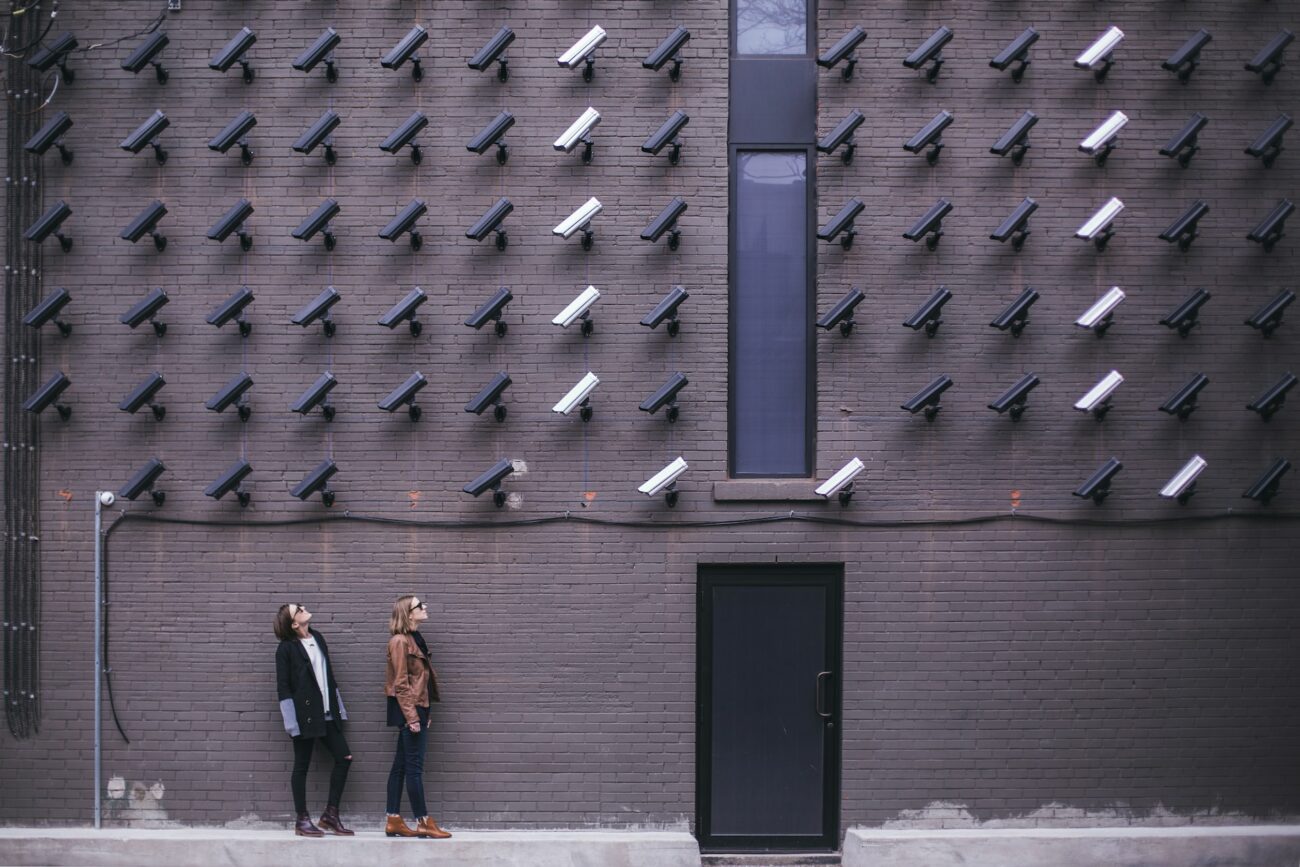Whenever you start the custom IoT development project, you must set the right goals. In the case of building a real-time video monitoring application, determine the use cases and key requirements. The last thing you want is for your end product to have a collection of features that work, but won’t help you achieve your business targets. Here is a simple roadmap to creating the right application.
Choose the right technology
There are various technologies available for building video-monitoring applications, such as OpenCV, FFmpeg, and WebRTC. Choose the technology that best fits the needs of your application.
- Computer vision libraries, such as OpenCV, to process and analyze video frames.
- Streaming protocols, such as RTSP or WebRTC, to transmit video data in real time.
- Cloud services, such as Amazon Web Services or Google Cloud, to store and analyze video data at scale.
- Machine learning algorithms, such as object detection or facial recognition, to extract useful information from video data.
- Databases, such as MySQL or MongoDB, to store metadata and historical information about the video.
- Front-end technologies, such as React or Angular, to build a user interface to view and interact with the video data.
In addition, it is also possible to use ready-made APIs from companies like AWS, Azure, or Google which offer pre-trained models for object detection, face detection, etc.

Implement security measures
Video-monitoring applications typically handle sensitive data, so it’s important to implement robust security measures, such as secure socket layer (SSL) encryption, to protect the data from unauthorized access. Here are the main measures that make your system reliable:
- Encryption: Video data should be encrypted both during transmission and while at rest, to protect it from unauthorized access.
- Authentication: Users should be required to authenticate themselves before being granted access to the video data, to prevent unauthorized access.
- Access controls: Fine-grained access controls should be implemented to restrict access to the video data so that only authorized users can view or modify it.
- Network security: Firewalls and other network security measures should be implemented to prevent unauthorized access to the system.
- Regular backups: Regular backups of the video data should be taken to ensure that it can be recovered in case of data loss.
- Regular software updates: Keep the system software up-to-date to ensure that security vulnerabilities are patched.
- Auditing: Regularly audit the system logs to detect any suspicious activity, and take appropriate action when necessary.
- Incident response: Develop and maintain an incident response plan to help you quickly respond to and recover from security breaches.
It’s also important to follow the regulations and compliance of the particular country or jurisdiction you are operating in.
Optimize for performance
Video-monitoring applications can generate large amounts of data, so it’s important to optimize the application for performance to ensure that it can handle the load.
There are several ways to optimize the performance of a real-time video monitoring application, including:
- Hardware optimization: Using high-performance cameras, servers, and other hardware can help to improve the overall performance of the system.
- Network optimization: Optimizing the network infrastructure and protocols can help to reduce latency and improve the overall throughput of the system.
- Compression: Compressing the video data can help to reduce the amount of bandwidth required to transmit it, which can help to improve the overall performance of the system.
- Caching: Caching frequently accessed video data can help to reduce the number of requests made to the server, which can help to improve the overall performance of the system.
- Cloud optimization: Using cloud services such as Amazon Web Services or Google Cloud can help to scale the system up or down as needed, which can help to improve the overall performance of the system.
- Machine learning optimization: Optimizing machine learning models can help to reduce the amount of computation required to process video data, which can help to improve the overall performance of the system.
- Optimizing database: Optimizing the database by indexing, partitioning, etc can help to reduce the time to fetch data from the database.
- Optimize the front-end: Optimizing the front-end by reducing the number of calls to the server, and minifying and compressing the resources can help to reduce the time for loading and displaying the video.
- Monitoring: Regular monitoring of the system’s performance can help to detect and resolve any bottlenecks that may be impacting the overall performance of the system.
Keep in mind that the best approach to improve performance could be a combination of these strategies, it’s crucial to test and experiment with which one works best for the specific requirements and system architecture.
Test and validate
Before deploying the video-monitoring application, it’s essential to thoroughly test and validate it to ensure that it functions as expected and meets the requirements of the use case. This includes testing on various devices and network conditions, to make sure the application works well under different conditions.
Select a reliable technology partner
Look for a technology partner that has experience in developing real-time video monitoring applications. This experience can ensure that they have the technical expertise and understanding to create a high-quality product.
With the right partner, your product will always run smoothly, and you will not have to worry about updates, scaling, or maintenance.

